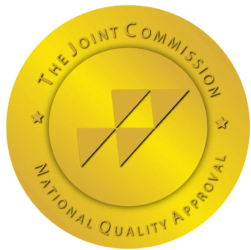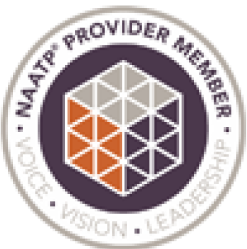In 2016, more than 64,000 people died of overdoses, and this number is expected to continue to rise. One of the main reasons for the worsening problem is the increasing prevalence of fentanyl. Fentanyl is a synthetic opioid that is 50 to 100 times more potent than morphine, and it is frequently used in combination with heroin or cocaine. Drug dealers sometimes mix it into products either for the stronger effects or because it is cheap and easily accessible, which cuts down on the overall costs.
The problem is, many people don’t even know they’re using it. A study among 242 heroin users in British Columbia, Canada, found that 29 percent of them tested positive for fentanyl, but 73 percent had no idea they were consuming it. As a result of these trends, the Bloomberg American Health Initiative, in connection with the Johns Hopkins School of Public Health, allocated funding for the Fentanyl Overdose Reduction Checking Analysis Study (FORECAST), which was meant to determine the accuracy of technology in detecting the presence of fentanyl.
The first bit of technology tested was the BTNX fentanyl testing strips, which use something called immunoassay technology. Proteins called antibodies are formed in response to foreign molecules called antigens entering the body. Antibodies bind to antigens, so when they are purified from the blood, so are the antigens. In this case, the antigen being looked for is fentanyl. The strips used to be only for urine tests, such as to detect pregnancy, but now they’re a cheap and easy way to test for the presence of fentanyl. A strip only costs one dollar, and they can be used in the field to determine the best treatment to give to someone who has overdosed. For example, Naloxone does work on fentanyl to reverse the effects of overdose, but since fentanyl is stronger than heroin, it might require two doses to be effective.
The TruNarc machine uses Raman Spectroscopy, which is a method of examining materials by detecting molecular vibrations. Substances can both absorb and reflect, or scatter, light. Using a Raman spectrometer, you can see that some of the scattered light is a different color, meaning it has changed frequency. This happens because, during the scattering process, the light’s energy changed due to interacting with molecular vibrations. The TruNarc is a handheld scanner with a built-in laser that scatters light to identify the substance in question. The downside to this system is that the machine can only match substances to those already in its library, and it can sometimes show false positive results.
A Bruker Alpha machine uses Fourier-transform infrared spectroscopy (FTIR), which means it uses infrared light to determine the chemical properties of a substance. By breaking down its composition, one can see whether fentanyl has been added to a drug. It’s fairly accurate, but one device costs $20,000 and requires a trained operator.
If you or a loved one need help with quitting drugs or alcohol, consider Asana Recovery. We offer medical detox, along with both residential and outpatient programs, and you’ll be supervised by a highly trained staff of medical professionals, counselors, and therapists. Call us any time at (949) 438-4504.





